Why Lifecycle Marketing Is the Key to App Retention
Acquiring users is only half the battle; keeping them active is where sustainable growth happens.
According to AppsFlyer’s State of App Retention Report, the average app loses 77% of its daily active users (DAUs) within the first three days after installation. By day 30, only 5–10% remain active.
Studies show that retaining existing users can be five times more cost-effective than acquiring new ones.
Lifecycle marketing is a strategy that tailors communication and experiences to a user’s journey, ensures your app delivers ongoing value and emotional connection.
In other words, it’s not about more users. It’s about better relationships.
If you’re already exploring advanced retention strategies, our User Retention Service is built precisely for that.
Understanding the App User Lifecycle
To master retention, you need to understand the five stages of the user lifecycle:
- Acquisition – Getting users to download your app through ads, ASO, and campaigns. Learn more about our User Acquisition Solutions.
- Activation – Helping users reach their “aha!” moment quickly.
For example, onboarding tutorials that guide users to their first meaningful action. - Engagement – Encouraging repeated use through personalized content and in-app triggers. Explore our blog on increasing mobile app engagement.
- Retention – Keeping users active with re-engagement campaigns, push notifications, and lifecycle emails.
- Referral and Advocacy – Turning happy users into promoters who drive organic growth.
This lifecycle framework is backed by Localytics, which found that users who are engaged within the first week are 4x more likely to stay active in the long term.
Each stage needs a unique marketing approach, and lifecycle marketing is the framework that connects them all.
The Foundations of Lifecycle Marketing for Apps
1. Data-Driven Personalization
According to Segment’s State of Personalization Report, 49% of consumers say they’re likely to become repeat buyers after a personalized experience.
Personalization isn’t just a buzzword. It’s a proven retention multiplier. When users feel seen and understood, they stay longer. Use behavioral analytics to segment users by:
- Frequency of app use
- In-app behavior (purchases, screens visited)
- Lifecycle stage
- Engagement score
Tools like Mixpanel or Firebase can automate this segmentation. Then, tailor your push notifications, emails, and in-app messages to resonate with each segment’s motivations.
Example: A meditation app sends “Daily Calm” reminders only to users who completed a session yesterday, reinforcing existing habits without overwhelming inactive users.
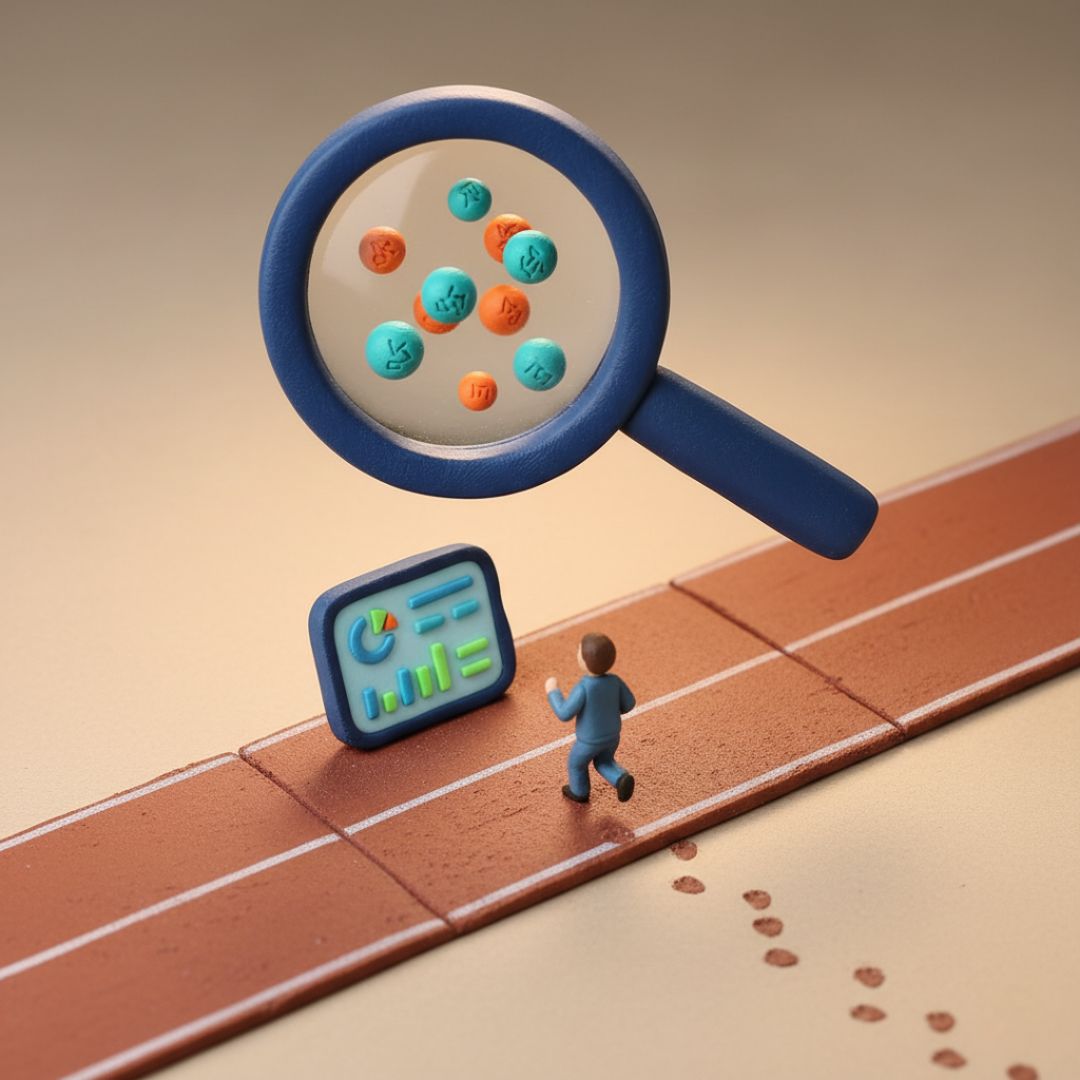
2. Behavioral Triggers and Predictive Messaging
Lifecycle marketing thrives on timing. Predictive analytics can identify early signs of churn, such as declining session time or missed streaks, allowing you to intervene proactively.
According to CleverTap, predictive churn modeling can reduce user loss by up to 25% when paired with targeted reactivation campaigns.
You can create automated re-engagement flows triggered by behavior:
- After sign-up but no activation: Send a personalized nudge with tips to get started.
- After 3 days of inactivity: Offer a limited-time incentive.
- After completing a milestone: Celebrate progress and invite sharing.
Check out our guide on behavioral triggers for mobile engagement for detailed frameworks.
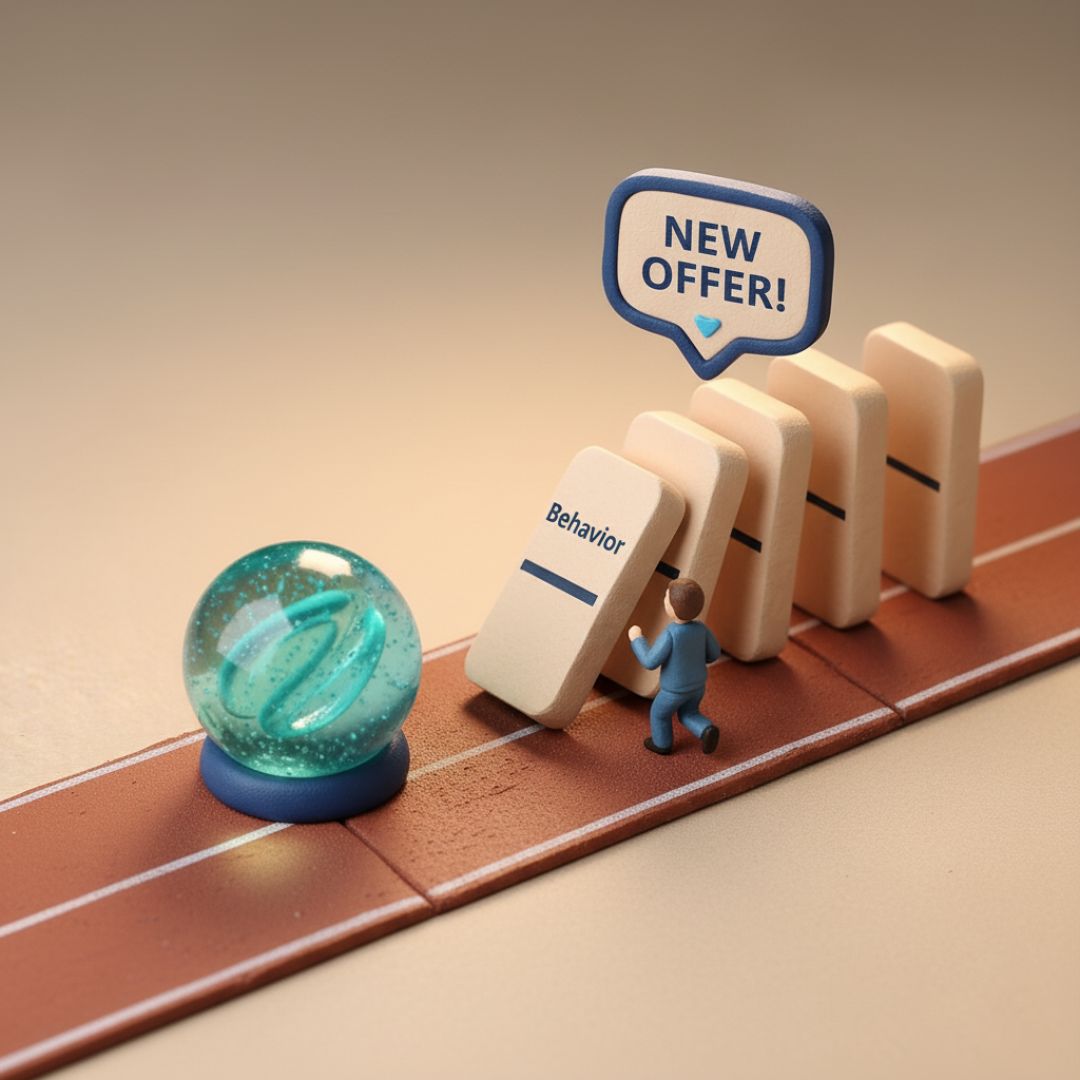
3. Multi-Channel Retention Campaigns
According to Braze’s 2024 Customer Engagement Review, brands that combine push, email, and in-app messaging achieve 45% higher retention rates than those relying on a single channel.
A user’s attention is scattered across channels, so your retention strategy should be omnichannel.
Combine:
- Push notifications for immediate engagement
- In-app messaging for contextual nudges
- Email sequences for deep storytelling
- SMS or WhatsApp for high-value offers or urgent updates
- Paid remarketing to re-activate dormant users
Ensure all touchpoints carry consistent branding and emotional tone.
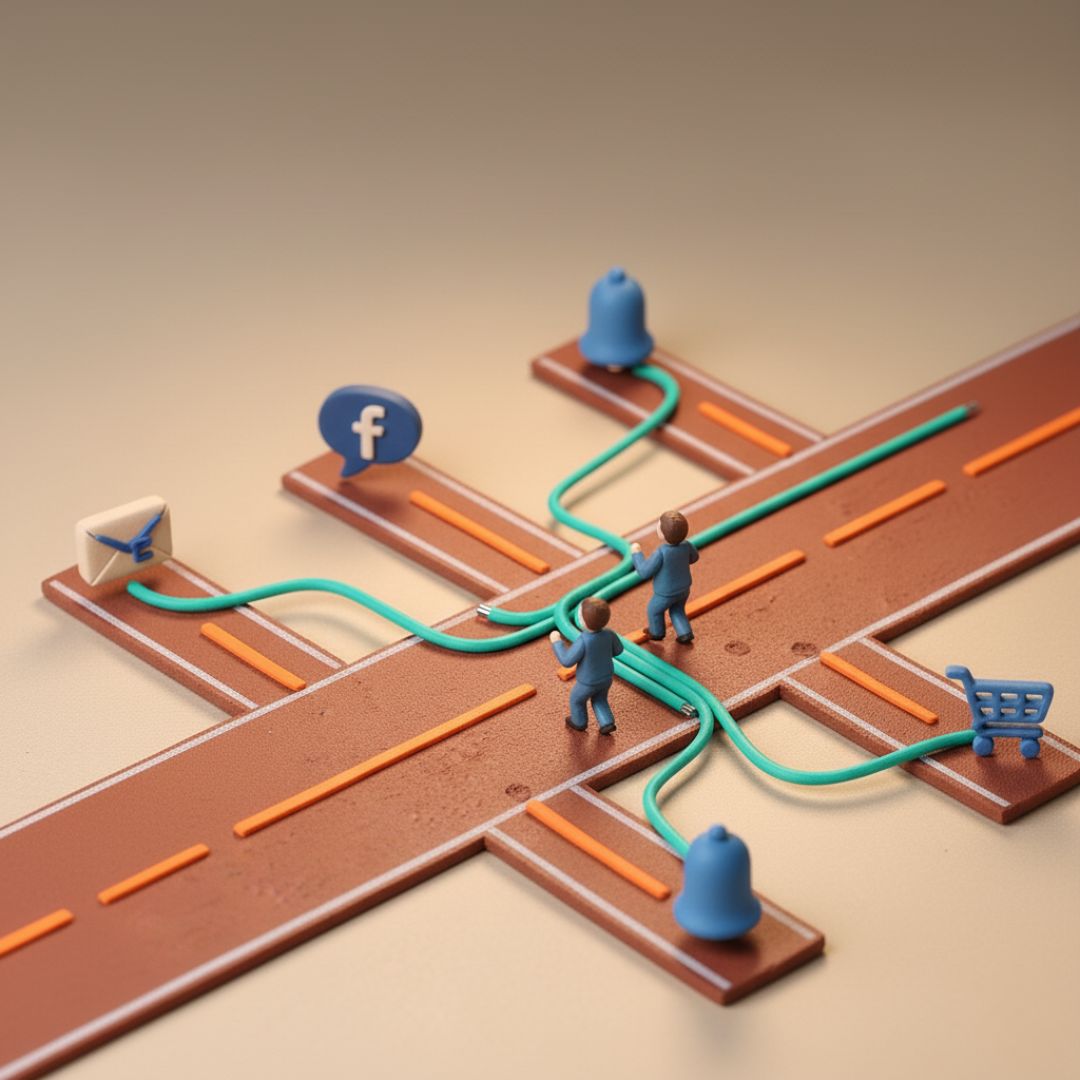
4. Onboarding That Converts Curiosity into Commitment
Onboarding is the first and often only chance to prove your app’s value.
;A well-designed onboarding flow can improve 30-day retention by up to 50%.
Key elements include:
- A quick, frictionless signup process
- Personalized setup steps
- Clear “success moments” (show, don’t tell)
- Optional deep-dive tutorials
If your onboarding isn’t converting, consider partnering with a specialized App Growth Agency to audit and optimize it.
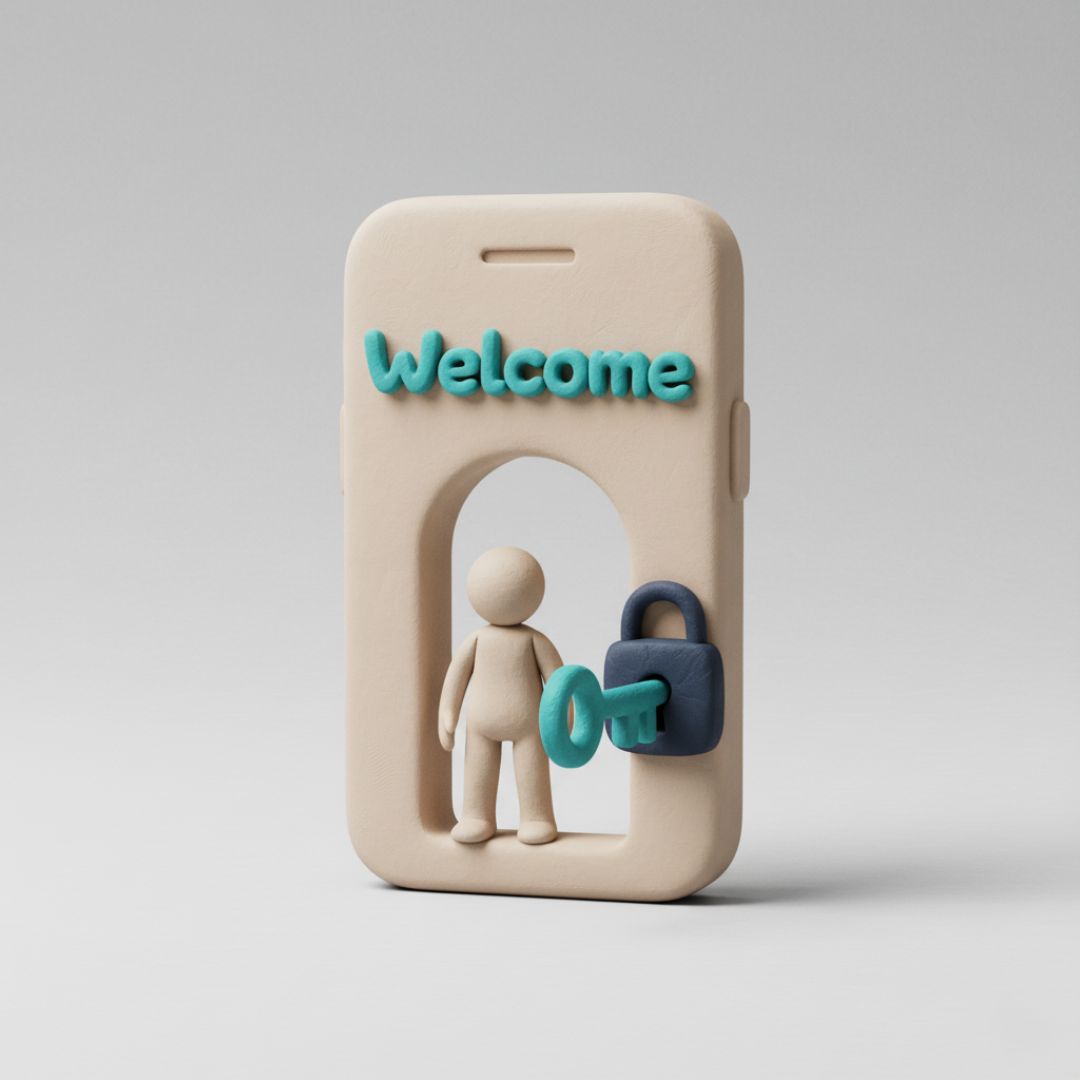
5. Continuous Value Reinforcement
Retention isn’t a one-time event, it’s a continuous narrative of value. Apps that thrive long-term regularly remind users why they matter, sometimes using promotions and event-based campaigns.
According to Forbes, “continuous engagement campaigns”, especially those tied to user goals, dramatically reduce churn across subscription apps.
Ways to reinforce value:
- Feature discovery campaigns: Highlight underused features.
- Habit reinforcement: Encourage streaks or challenges.
- Reward programs: Give badges, discounts, or premium access.
Think of retention as a conversation, not a campaign.
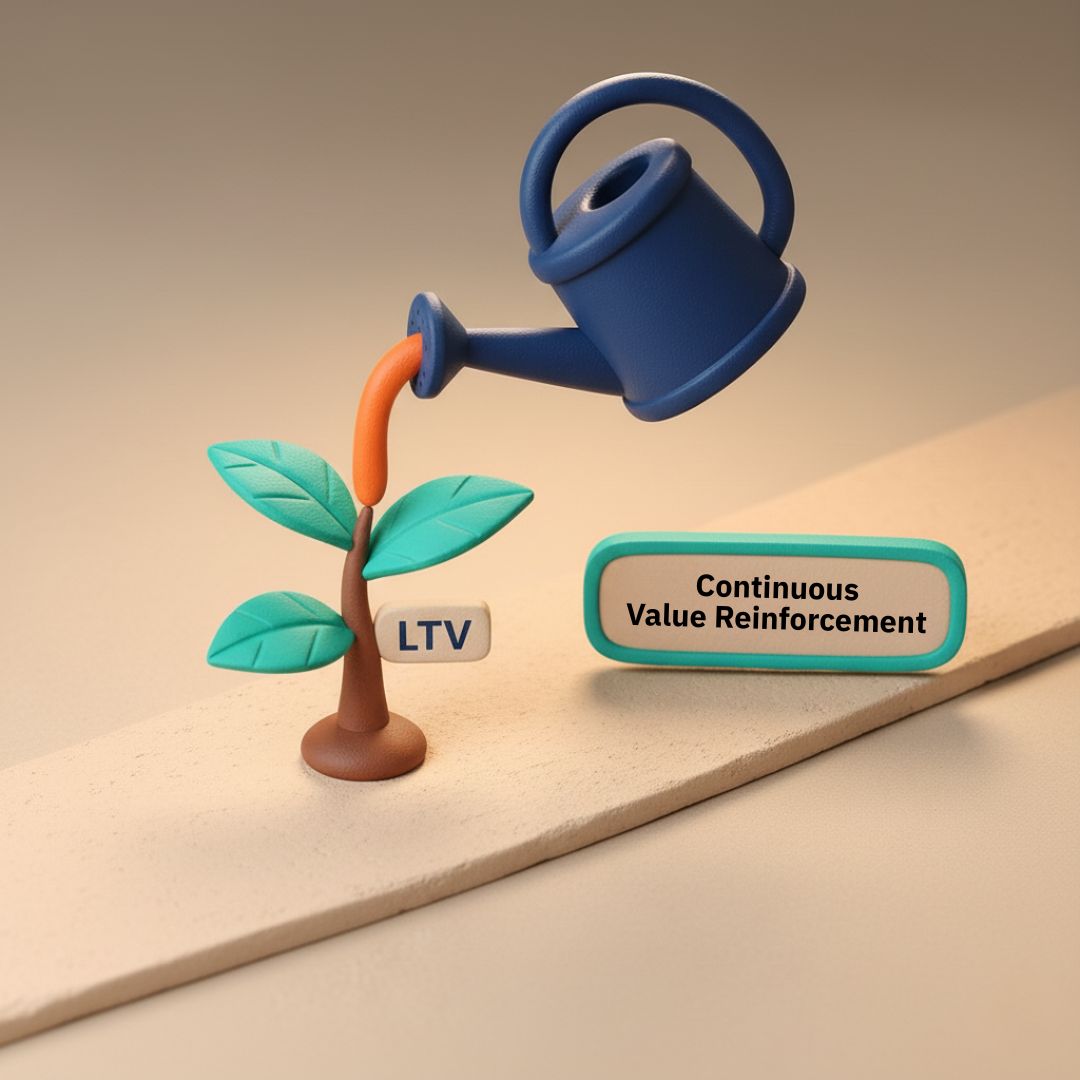
Measuring Retention Success
You can’t improve what you don’t measure. Track these metrics to monitor lifecycle effectiveness:
According to Statista, apps with a DAU/MAU ratio above 20% are generally considered highly engaging.
Set benchmarks, test often, and iterate.
How Lifecycle Marketing Integrates with ASO and Acquisition
Lifecycle marketing doesn’t work in isolation. It’s part of a full-funnel ecosystem.
- ASO (App Store Optimization): A strong ASO strategy improves organic installs, feeding the top of your retention funnel.
- User Acquisition: Smart acquisition campaigns attract high-intent users more likely to retain.
- Retention: Lifecycle marketing maximizes the value of each acquired user.
When these three pillars work together, you create a self-sustaining growth loop, the foundation of successful apps.
Advanced Lifecycle Marketing Tactics
1. Predictive AI for Churn Prevention
Machine learning can detect subtle churn signals early, helping you target users with retention-saving incentives before they disappear.
2. Dynamic Content in Emails and Notifications
Personalize subject lines, CTAs, and offers based on recent user actions to boost click-through rates and engagement.
3. Re-engagement Ads
Run cross-platform remarketing campaigns targeting dormant users with updated features or limited-time offers.
4. Community-Driven Retention
Encourage users to connect, share progress, or compete, turning your app into a lifestyle hub rather than just a tool.
Partnering with Experts for Maximum Impact
Building and maintaining an effective lifecycle marketing engine requires time, expertise, and creativity.
At Strataigize Marketing, we help brands integrate lifecycle marketing into their broader retention strategies. Whether you’re optimizing onboarding or scaling re-engagement, our team aligns data, messaging, and automation for maximum ROI.
Learn more about how our Mobile App Retention Services can transform your app’s growth trajectory.
Or, explore why we’re recognized among the Top Mobile App Marketing Agencies in Canada.
FAQs
1. What is lifecycle marketing for apps?
It’s a strategic approach to managing user communication across every stage of the customer journey, from acquisition to retention and advocacy.
2. How is lifecycle marketing different from regular app marketing?
Traditional marketing focuses on downloads; lifecycle marketing focuses on long-term engagement, satisfaction, and revenue.
3. What’s the best channel for lifecycle marketing?
A combination of push, in-app, and email messaging delivers the highest retention rates when used strategically.
4. How often should I update my lifecycle campaigns?
Review performance data at least quarterly to adjust messaging, segments, and triggers.
5. Can small app teams implement lifecycle marketing?
Yes. Even with limited resources, automated tools and strategic planning can deliver strong retention improvements.